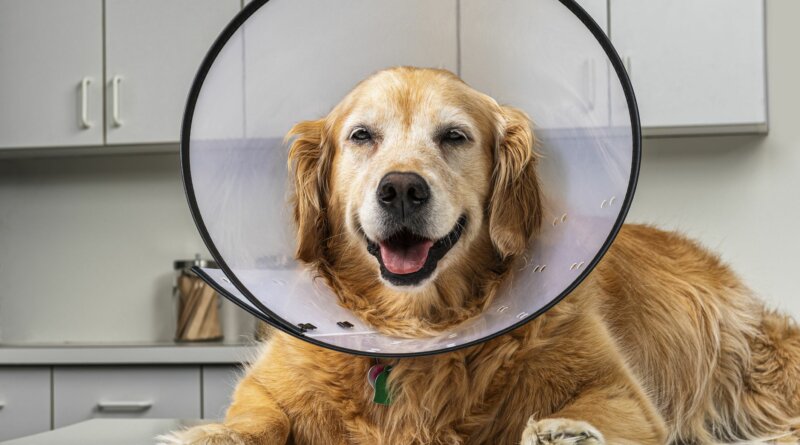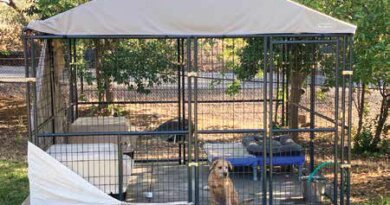Should You Use Neosporin on Dogs?
Is Neosporin safe for dogs? Yes and no. Neosporin ointment is an FDA-approved over-the-counter antibiotic ointment for people. It contains three medications: bacitracin, neomycin, and polymyxin B. Neosporin is generally used for superficial wounds and scrapes.
The plus to using Neosporin on a dog’s injury is that it does provide a barrier between the injured tissues and outside dirt, bacteria, and debris. It can help keep tissues hydrated so they heal faster, and it kills any bacteria left after your cleansing.
When Dogs Lick Off Neosporin
The problem with using Neosporin on dogs includes the medication itself, plus the general nature of dogs. Dogs lick, especially any scrapes or wounds. That means they are consuming a medication designed for topical use only. They will lick it off their noses, their paws, and most parts of their bodies. If you apply Neosporin, you also need to put a barrier or cone on the dog, so he can’t lick the ointment off.
It’s also concerning that neomycin, one of the medications in Neosporin, has been linked to hearing loss in dogs. Granted, it would take more than a single light dose over a small scrape, but it is something to know.
All antibiotics can upset your dog’s gastrointestinal tract by altering the normal microbiome. This is especially true when your dog licks an ointment off and swallows it. In rare cases, your dog might have an allergic reaction to one of the three medications in Neosporin.
Bottom Line on Neosporin for Dogs
All wounds need more attention than a swipe of antibiotic ointment. The first step is to gently clean the injury using something like chlorhexidine (not hydrogen peroxide, which may delay healing). That may be all the cut requires. With antibiotic resistance becoming a serious problem, it behooves us all to only use any antibiotic only as needed.
If you truly feel your dog needs some added protection for a scrape or shallow wound, cleaning the wound and applying a dab of Neosporin is unlikely to cause harm. It may not be needed, however, and you will still need to protect the injury from licking.




